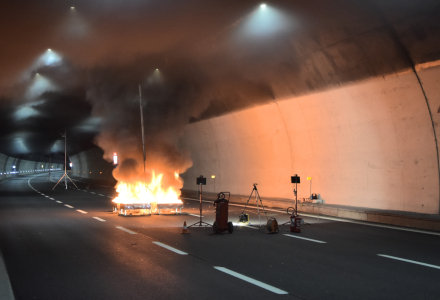
Electromechanical installations on the 4th lane of the A4 Motorway
Client: Autostrade per l’Italia S.p.A.
Services in this project:
- Technical Testing
The scope of the contract is the technical-functional acceptance testing service of the electrical and special systems serving the construction and road network on the new motorway section named Quarta Corsia Dinamica di Milano (Fourth Dynamic Lane of Milan) and specifically within the framework of the upgrade works to the 4th dynamic lane of the A4 Motorway: Turin-Venice. The highway section between the Viale Certosa junction and the San Giovanni interchange, from km 126+450 to km 135+850.
The system upgrade project included installing a series of user information points (denominated as PMVs) distributed along the motorway route. Each PMV portal is equipped with a dedicated shelter inside which the electrical switchboards for supply and control of the equipment are located.
Power supply points connected to the distribution network of the operator/distributor are provided along the route in a position that can be reached from other public roadways. Each connection point is supplemented by an additional technology/shelter room containing a subsidiary unit for the emergency power supply of the installations and its switch cabinet. PMV portals are generally equipped with the following:
- variable message panel, pictogram and additional arrow/cross panels and LCS boards;
- traffic surveillance dome cameras;
- RT sensors for traffic detection;
- weather stations;
- variable panels / rotopmv
The portals are then supplemented by functional traffic detection systems with radar and laser-scan technology, as well as high-definition cameras to supplement the radar system for operator support at the control station. WiFi access equipment is also included to connect the Bluetooth systems for calculating travel times and for user access.
The project also includes the realisation of the necessary equipment to provide adequate lighting coverage of the entire road platform in order to guarantee night-time circulation of the road network with the highest level of safety and visual comfort.
At the lay-bys located along the route, emergency call stations have been installed for the use of users travelling along the route. The system equipment uses transmission technology based on the GSM cellular communication network.
Connect with Our Team
Project data
- Country
- Italy
- Year
- 2022 - ongoing
- Status
- Ongoing
Other related projects:
Other projects related to this area
-
 Valle d'Aosta
Valle d'Aosta -
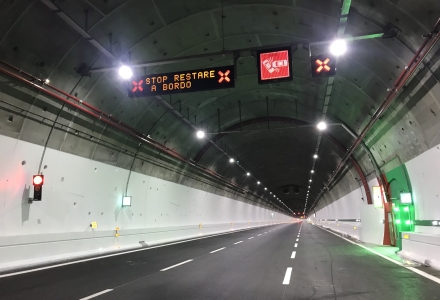 Tuscany
TuscanySanta Lucia and Boscaccio Tunnels: engineering design services for the electromechanical installations
-
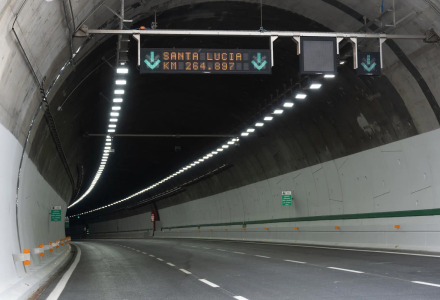 Tuscany
TuscanyExpansion of the Third Lane of the Barberino-Calenzano Motorway
-
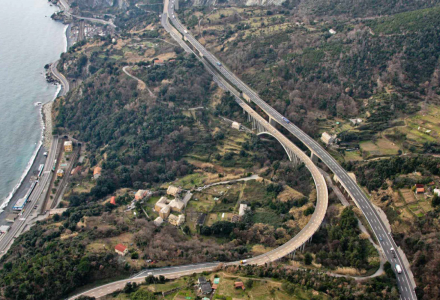 Liguria
Liguria"Gronda di Genova": electromechanical installations
-
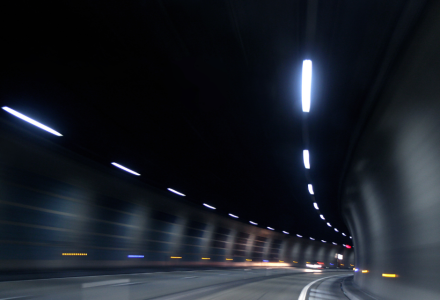
Tunnels of Section IV of the Italian Motorway System: Safety Manager


